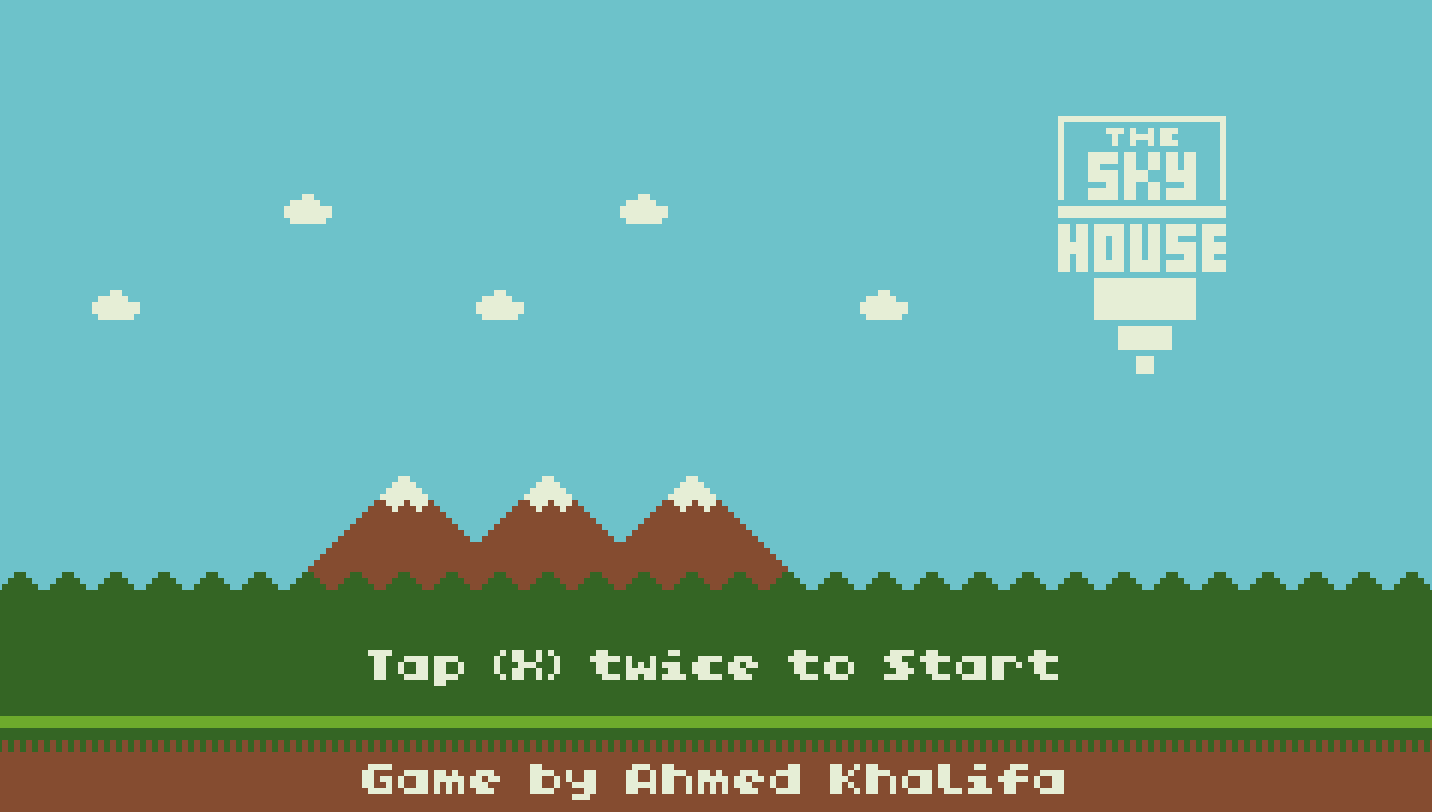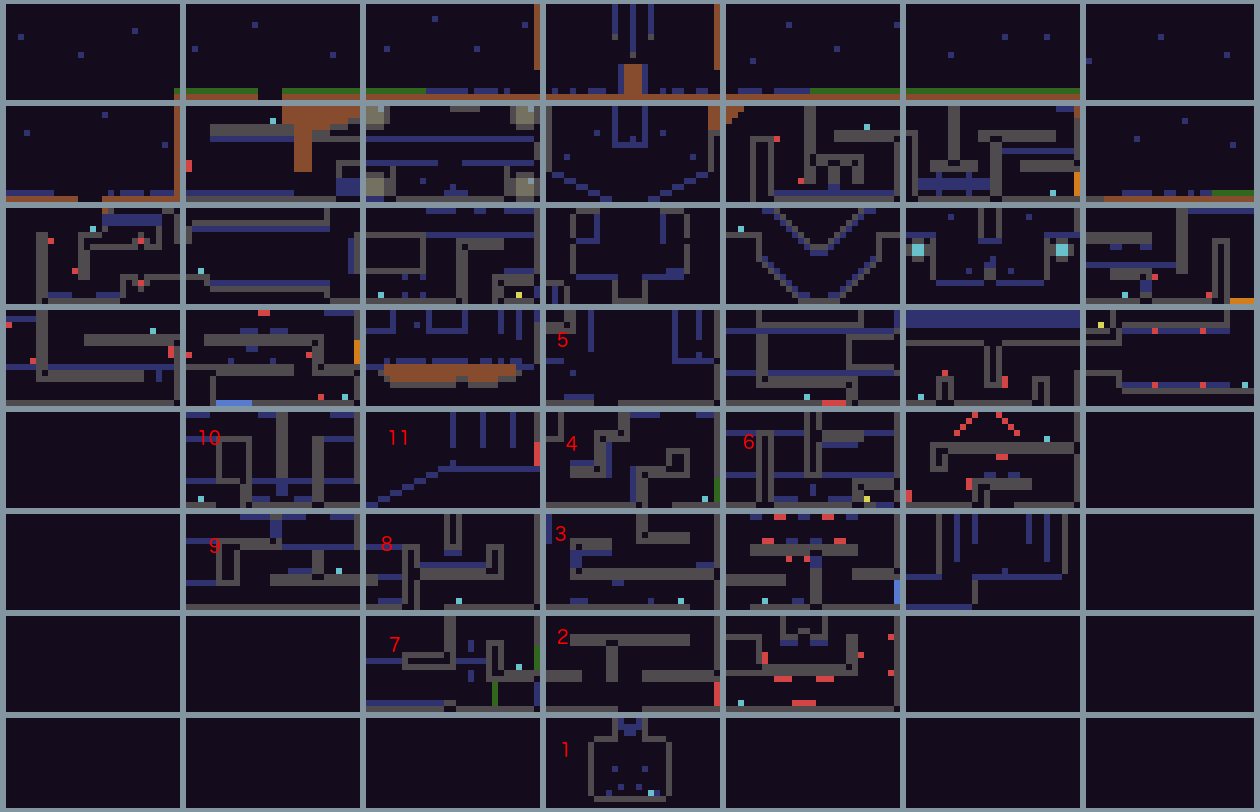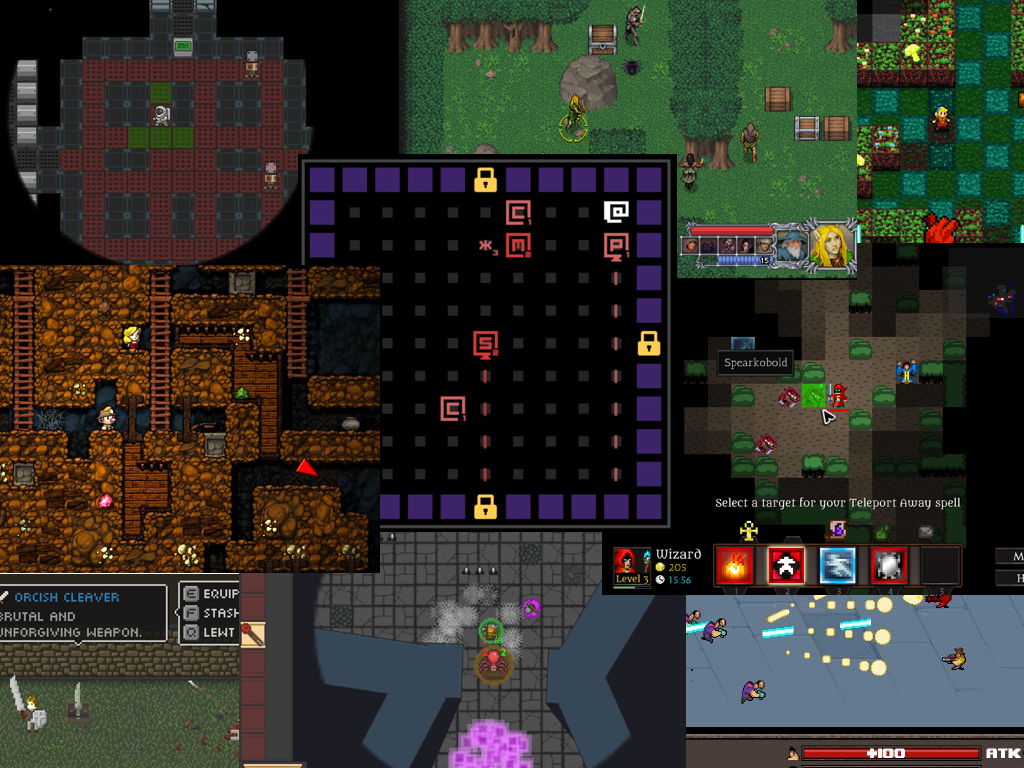Hello Everyone!
In the following post, I will be describing my process in designing my latest game, “
The Sky House“.
First of all, I would like to thank Joni Kittaka, Ben Benal, Michael Cook, Chris DiMauro, Michael Fewkes, and Fernando Silva for their feedback that helped in improving the overall game and making it more accessible and less evil :D.
I will divide this topic into three separate blog posts because “The Sky House” consists of 42 scenes which would take too much time to write and too much space for just one. This series of posts contains a lot of spoilers, so please play the game first before reading.
The idea for this game started a long time ago after I finished a tiny game with Samer Abbas for the GameZanga (GameZanga is an Arabic game jam that happens every year in the MENA region) called “Loss“. I liked the idea of having a winged character with very precise controls that allows the player to avoid most of the traditional platform’s challenges (as I am not good with most platformers that utilize momentum). For a long time, I was trying to find the best environment to introduce this character until I remembered playing a game by “Roger Hicks” called, “Celestial Mechanica“. I remembered how much I was fascinated by the idea of the flying citadel (you can notice the similarity between that and my flying house). At that time, “PICO-8” was becoming very famous and I wanted to experiment with it before buying. As a PhD student, I have very little money in general. When I Googled “free alternatives,” I found “TIC-80” which is an fantastic open source fantasy console. I decided to build my game in TIC-80.



The above images show my first draft of the game’s main story, the challenges, and the overall map which has connections inspired by “The Legend of Zelda” and “Metroid” series. I wanted the player to be able to see the different locked branches from the beginning of the game. I also wanted to use the “soft locks” idea similar to the one used in the first “The Legend of Zelda” and the latest, “Breath of the Wild” for controlling the order of visiting the different dungeons. Locks in general are used to guide the player towards an optimal way to finish the game. Soft locks use very difficult challenges for the player’s current skill level. Soft locks provide the feeling of openness instead of having better guidance while hard locks are used to have a more carefully guided experience.

In the image above, you will see the final overall game map as represented in the TIC-80 editor. You can see the similarity of the connections between the initial map draft and this one, however, I changed a little bit of the idea of using soft locks. I only used the soft locks for secrets, hidden areas, and dead end areas. I made sure that there is always something to be done in any dead end path to give the player a sense of achievement and reward. The player can find collectible coins, shortcuts, or hints for the secrets in other rooms. I also made certain that any secret in the game is hinted to, somehow, either by using the art or the layout of the level. Doing so helps the players to find the secrets without spending time bumping into every wall in the game.





Most of my knowledge in designing this game came from reading Anna Anthropy‘s amazing book “A Game Design Vocabulary” and playing “REDDER” and “VVVVVV“. The images above are notes from my notebook after I got my first feedback on the game, and were used to redesign some of the challenges to make it more focused on the core verbs (mechanics). “The Sky House“‘s core verbs can be seen in the first page: Fly, Move, Jump, Drop Slowly (Gliding), and Drop Fast. Every challenge in the game revolves around these verbs – especially Fly and Glide as these are what make “The Sky House” stand out among similar games. You will also notice that I decided not to use any text inside the game either for story or for guiding the player, similar to the approach used in “REDDER“.

This image shows the game’s title screen. The game starts by pressing the “X” button twice instead of one time to give a hint to the player that pressing “X” twice is an essential element of the game.

To easily explain the rooms in the game, the overall map shows rooms with corresponding numbers beside them. The numbers are written in same order that I will explain the rooms. To jump to a specific room, click the links below:
I would like to note that the world of the game is divided into multiple regions – like in “Metroid” – with each region having a different set of challenges ramping from easy to hard as the player advances, ending with the player getting a key. In this first part of the blog series, you will notice that Room1 to Room5 are the first region while Room6 to Room11 are the second region. The first region helps the player to learn the basic verbs and uses spikes as the core challenge. The second region is more about precise control and timing, adding on laser challenges.
<!--, Room13, Room14, Room15, Room16, Room17, Room18, Room19, Room20, Room21, Room22, Room23, Room24, Room25, Room26, Room27, Room28, Room29, Room30, Room31, Room32, Room33, Room34, Room35, Room36, Room37, Room38, Room39, Room40,
Room41












